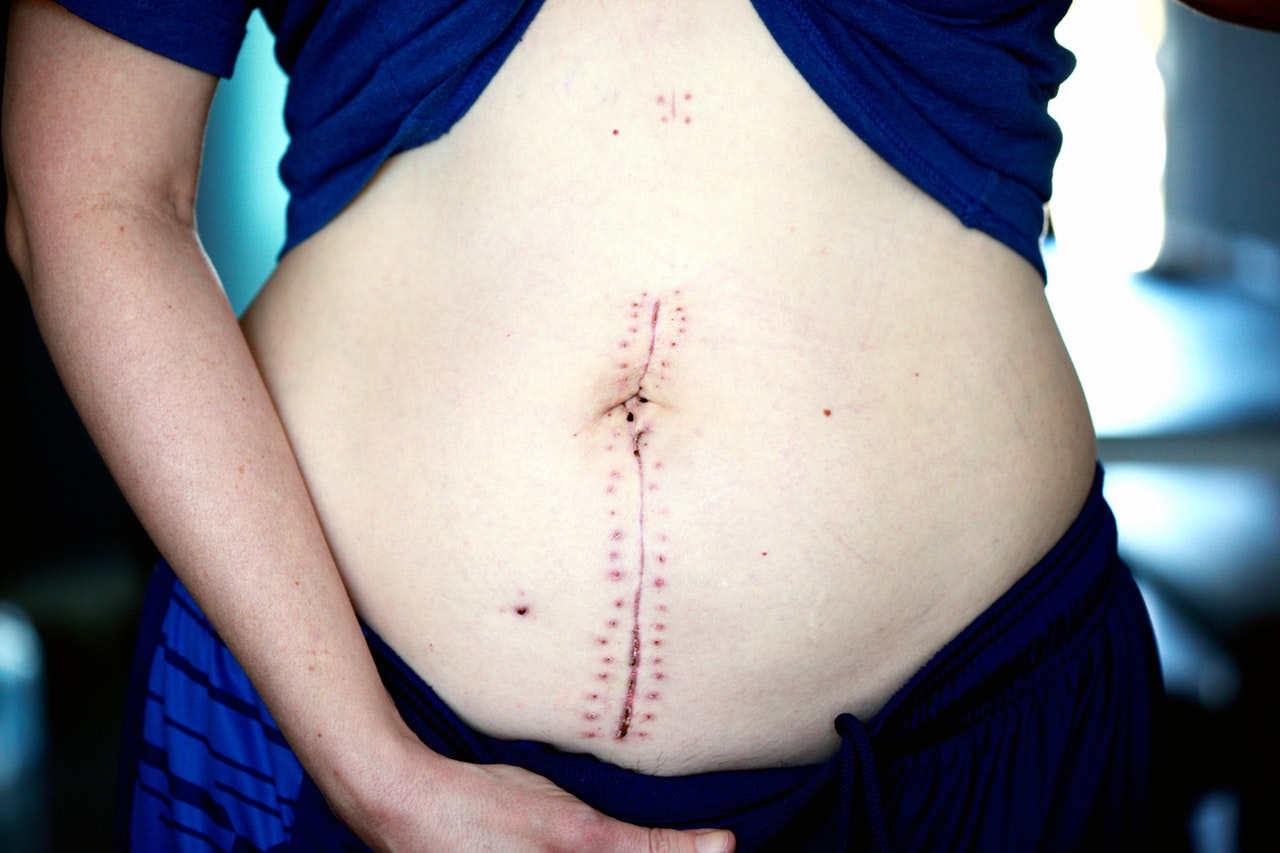Wounds, stretch marks, and acne can leave scars on your skin, but simple solutions can clear them. A lot of women have these problems, especially those who have had fat transfers or breast augmentations. Many of these skin blemishes cause rough spots and discolouration of skin sometimes. Manufacturers of skin care products provide effective blends of ingredients for removing scars. However, skin beauty enthusiasts must confirm from their dermatologists before buying these products. Understanding what the formula of the treatment for scar contains can help you to make wise buying decisions. Let’s share the best skin care products and ingredients that were recommended by our dermatologists.
Resurfacing Treatment
Discuss with your dermatologist before using permanent methods of clearing skin scars. Most resurfacing treatment process applies salicylic acid to remove acid discolouration from scars. This type of beta-hydroxy acid is active with scar removal products that contain vitamin C. However, it takes about nine weeks to complete the resurfacing treatment plan.
Dermal fillers
One of the most common treatments for acne scars is the dermal filler. I did a dermal filler treatment with a plastic surgeon in Melbourne and had great results. Usually, dermal fillers are effective for acne scars. However, users of dermal fillers should avoid chemicals that are allergic. Many collagen-based dermal filler products are ideal for removing for atrophic scars. Usually, scarring treatments with dermal fillers often lasts for about 18 months.
Use Sunscreen
Prevention is the best treatment for skin scars. Choose a broad-spectrum SPF that can block ultraviolet (UV) rays, and wear sunscreen daily. While some dermatologist recommends SPF 50 sunscreen, products with niacinamide have great anti-inflammation properties. Depending on your skin type, sunscreen products have both oil and oil-free options.
Laser Treatment
A range of medical treatments like laser technology helps to reduce acne scars. Usually, dermatologists examine the extent of skin scar and texture to recommend treatment. Unlike creams and gels for removing scars, laser treatment requires a beam of light rays. It’s a technique that removes the top areas of the scar to reduce visibility. However, this option might irritate sensitive skin tissues.
Injections for Keloid Scars
Victims of hypertrophic and keloid scars use corticosteroids injection treatment plans. Usually, dermatologists look for ideal scarring treatments for these types of scars. Since skin tissues have different textures, the dermatologist might give a series of injections for effective results.
Understanding a Scar
Generally, scars occur when fibrous tissues cover our regular skin tissue after any healing process. They are common with injuries on skin tissue, and organs. However, the formation of scars isn’t limited to the natural healing process of the skin. There are concentrations of fibre and collagen (protein) in scars.
Common Types of Scars
- Atrophic Scar
The Atrophic Scar from acne is little indentations in skin tissues. While fibroblasts help skin cells to recover from the wound, they trigger the synthesis of collagen. Usually, this type of scar occurs in any skin with insufficient fibroblasts that can clear atrophic scars. Also, the loss of under-the-skin fat and muscle structures can cause atrophic scars.
- Hypertrophic Scars
The over-secretion of collagen can cause the skin’s underlying structure to swell. Usually, these fibroblasts pop up after the healing of burst pimples. Also, they appear as lumps after suffering serious skin injuries.
- Keloid Scars
Skin scarring from excessive whips can cause keloid scars. Unlike hypertrophic scars, the keloid scar is thick and common with people with dark skin pigments. Also, keloid scars can spread and cover more areas of the skin. These types of scars might itch your skin and cause pain. In conditions of keloid scars, victims often require surgical procedures to remove them. However, it might be risky to remove keloid scars because of the possibility of worsening the condition.
